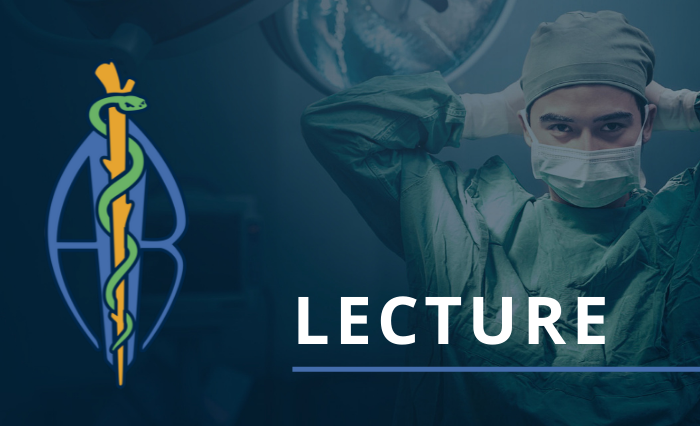Liver Regeneration Model in Cynomolgus Monkeys

Date: Thursday, September 15, 2022
Time: 10:30 am PTDuration: 30 MinutesTrack: Thursday - Track 1
Room: Salon ABCD
Speaker: Randy Pielemeier
Moderator: Melanie Graham
Introduction: About 41,260 new cases (28,600 in men and 12,660 in women) over liver cancer will be diagnosed in 2022 according to the American Cancer Society website. A model resecting approximately 60% of the liver by weight in cynomolgus monkeys is valuable in evaluating potential therapies that encourage natural regrowth of the liver post resection in human patients.
Methods: Spanning three separate studies, a laparotomy was performed on a total of 26 animals, resecting approximately 60% of the total liver volume (by weight) of each animal’s liver. Liver volume was calculated based on historical organ (liver) weights measured at necropsy, determined to be approximately 2% of the animal’s total body weight. The right and left median lobes were resected across the liver using a bipolar generator with a Covidien Ligasure ™ hand piece. Using conventional dissection and duct ligation techniques, the left lateral lobe was resected with silk ligatures. The right lateral lobe was left intact.
Liver biopsies were collected from each animal either under ultrasound guidance or laparoscopically.
Results: Post Liver resection, one animal was euthanized with potential hepatic encephalopathy. Several days post operative, transient inappetence was observed.
Due to complications in dissection while attempting to laparoscopically collect the biopsy from the cut/regenerating edge of the liver, two animals were required to be euthanized. Significant adhesions were seen on the left and right median liver lobes cut edge, and/or between the stomach, mesentery, and diaphragm. In later animals, resection of the right medial lobe was modified to reduce biopsy complications.
Conclusion: Post operative recovery was manageable with additional enrichment foods to encourage appetite along and pain management based on pain scoring. Inappetence and pain was likely caused by painful and reduced peristalsis in the stomach due to formation and breakdown of adhesions. Ultrasound guided needle biopsy had minimal complications except for 1 kidney injury.
Modifications to the resection of the right medial lobe, by curving the resection away from the diaphragm on the right edge of the right medial lobe, mitigated laparoscopic biopsy complications in later cases. This alteration led to better access and less adhesions to the liver.
This is an archived event. Please log in with your member account to access these resources.
Speaker
Charles River Laboratories
View More From This Track
- Baseline Hemodynamics Including Aortic and Pulmonary Blood Flow in a Chronic Bovine Model
Speaker: Angel Moctezuma-Ramirez - Thursday, September 15, 2022 9:30 am - How to Prepare for A Model I Have Never Performed Before?
Speaker: Bertrand Lussier - Thursday, September 15, 2022 11:00 am - Curious George Goes To The Podium – Coaching and Encouragement for Future ASR Presenters
Speakers: Leslie Stoll, Steven Kreuser - Thursday, September 15, 2022 11:30 am - Technical Insights for Cochlear Administration in the NHP
Speaker: Frederick Emond - Thursday, September 15, 2022 1:00 pm - Coronary Sinus Dosing in Swine, Anatomical Considerations in Comparison to Human Anatomy
Speaker: Randy Pielemeier - Thursday, September 15, 2022 1:30 pm

